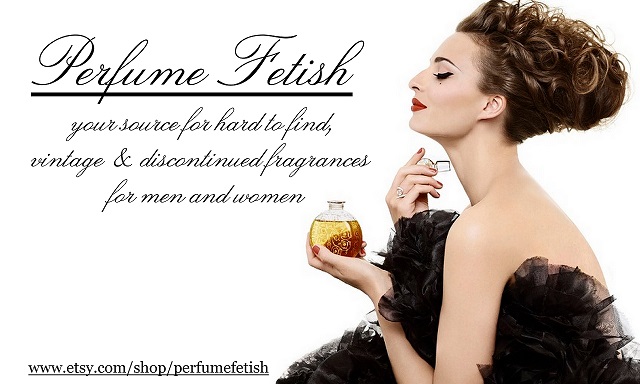Bouquet Princess Alexandra, launched by Guerlain in 1878, was created by Pierre-François Pascal Guerlain to commemorate the birth of Princess Alexandra of Saxe-Coburg and Gotha. The name "Bouquet Princess Alexandra" carries deep significance, as it celebrates not just the arrival of a royal child but also evokes the grace, beauty, and elegance associated with her lineage. The word "Bouquet" suggests a collection of the finest flowers, carefully arranged in a tribute to the young princess. It is French in origin, further emphasizing Guerlain’s rich heritage in French perfumery and the opulent, courtly traditions of the time.
The name "Bouquet Princess Alexandra" conjures images of royalty, refinement, and grandeur. It evokes a scene of palaces, elegant gardens, and a lifestyle defined by grace and formality. The perfume, by its very name, suggests a fragrance that is both regal and tender, suitable for a royal figure. It conveys emotions of celebration, honor, and a sense of history in the making, marking a significant moment in European royalty. In scent, Bouquet Princess Alexandra could be interpreted as a delicate and graceful floral composition, perhaps reminiscent of roses and other royal blooms, meant to symbolize youth, innocence, and noble beauty.
Women of the late 19th century, especially those with aspirations toward refinement and class, would have found great allure in a perfume named after a royal princess. Royalty often set the trends in fashion and beauty, and wearing a fragrance associated with a figure like Princess Alexandra would have offered a sense of connection to that world. In a time when personal fragrance was one of the most intimate and cherished luxuries, owning such a perfume would have signified taste, sophistication, and admiration for royalty.
The time period of Bouquet Princess Alexandra's launch, the late 19th century, was one of significant cultural and political influence from royal families across Europe. Guerlain, already an established house with a reputation for creating luxurious perfumes, likely saw an opportunity to enhance their prestige by honoring a member of the British royal family. Princess Alexandra’s birth represented the union of important royal lineages, and celebrating such an event through fragrance was fitting for the brand’s history of crafting perfumes for aristocrats and royals.
Guerlain’s creation of perfumes for royalty was a strategic choice, reflecting both a deep appreciation for tradition and a desire to align with the opulence and status associated with the upper echelons of society. Perfumes made for royals not only bolstered the brand's reputation but also allowed it to connect with customers who sought to emulate the grandeur and sophistication of royal life.






.png)
.png)

.png)


.png)






.png)
.png)